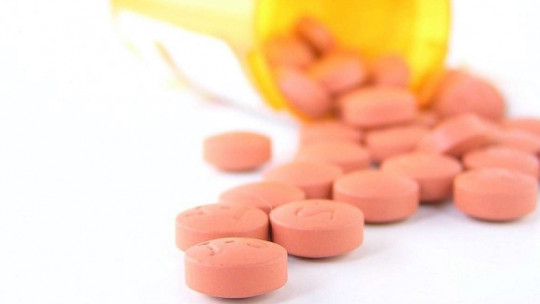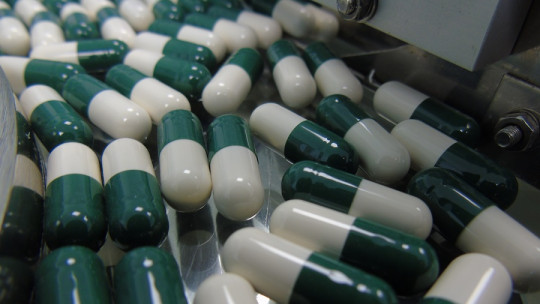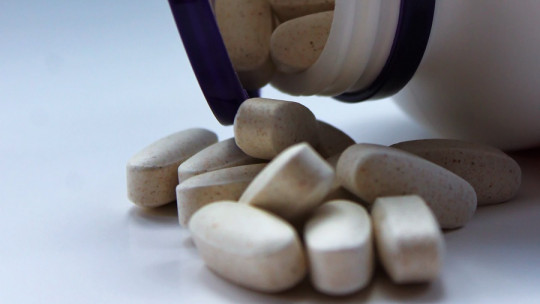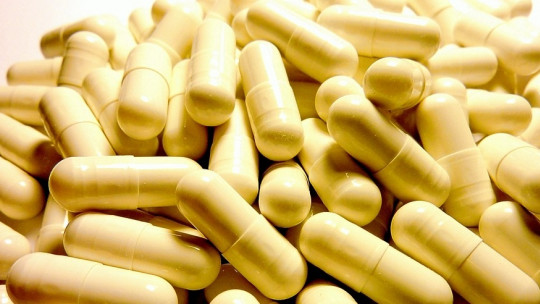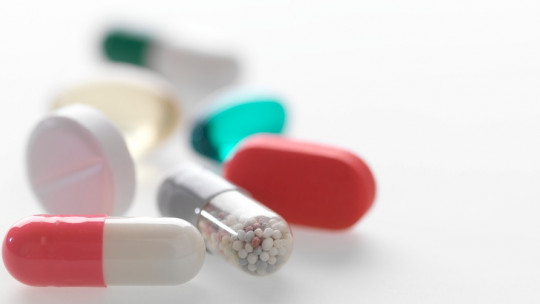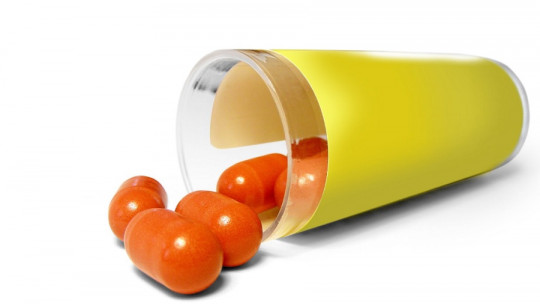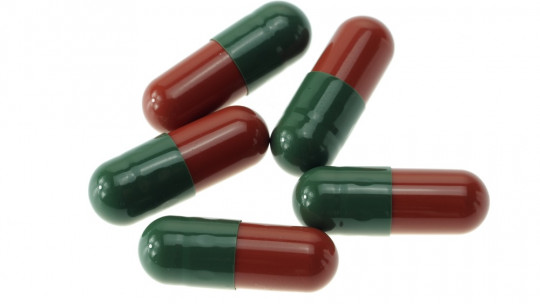The treatment of schizophrenia has been and continues to be an area of great relevance worldwide, with a large amount of research having been generated in this regard. One of the most explored elements is the creation of different substances with psychoactive effects that allow a reduction and control of symptoms, the main ones being those classified as antipsychotics or neuroleptics.
In this group we can find different types of substances, classified in turn into two large groups: first generation or typical and second generation or atypical. Although it is not one of the best known and in fact its sale was suspended in 2010, one of the typical or first generation antipsychotics is molindone which we are going to talk about in this article.
What is the molindona?
Molindone is a classified psychotropic drug within the group of antipsychotics , medications that help combat the symptoms of disorders such as schizophrenia and chronic delusional disorder. Its action contributes to reducing perception alterations such as hallucinations or delusions, as well as causing a decrease in the subject’s level of brain activation and even reducing their level of aggressiveness.
It is a phenylbutylpiperidine, like pimozide, and although it is considered to It has a profile similar to atypical antipsychotics such as quetiapine or clozapine is generally considered a typical or first-generation antipsychotic (although some studies consider it an atypical, there is no evidence to show that its action corresponds to this class of neuroleptic).
This drug was withdrawn from the market by its creators in 2010. Although in different studies molindone was shown to be practically as effective as other antipsychotics, including both typical and atypical, it can nevertheless generate a large number of secondary symptoms. Its use was not widespread and has now stopped being marketed, although in some places a generic derivative can still be found.
Mechanism of action
As a typical antipsychotic, the main mechanism of action of molindone is based on the interaction at the dopaminergic level that it generates in the brain. Specifically, it acts by blocking dopamine D2 and D1 receptors. However, its effect and affinity for these receptors is much lower than that of other antipsychotic drugs. In addition to this, it also has cholinergic and adrenergic effects.
However, this action is not limited only to the mesolimbic dopaminergic pathway (point at which there is an excess of dopamine in subjects with schizophrenia) but also acts nonspecifically in the brain This causes other brain areas whose dopamine levels are within normal limits or even low to also suffer a decrease in dopamine levels, which can lead to unpleasant secondary symptoms. This is what happens with the nigrostriatal and tuberoinfundibular pathways, as well as the mesocortical.
Main applications in disorders
Molindone is a drug that at the time was useful in different disorders. The main indication for which it was approved is schizophrenia, along with other psychotic disorders. In this sense, it was effective in reducing the level of activation and hallucinations. In addition to that has been seen to be of some use in the treatment of behavioral disorders linked to aggression, as well as hyperactivity.
Side effects
Molindone is a psychotropic drug that was considered useful and effective at the time. However, in some cases can cause a series of aversive and undesirable side effects
The most common is the presence of drowsiness and sedation, like most neuroleptics In addition, it generates a significant weight loss (something unusual in antipsychotics), urinary retention, hyperactivity, dry mouth, facial expressionlessness, sleep problems such as insomnia, problems urinating, depression or agitation.
It is important to highlight that we are dealing with a typical neuroleptic, so its effect on dopamine occurs nonspecifically throughout the brain In this sense, it is especially common that it can generate severe motor symptoms such as agitation, dyskinesia or seizures.
Akathisia is relatively common or inability to sit still. Sexual symptoms linked to the production of prolactin may also appear (as dopamine is reduced in the tuberoinfundibular pathway, prolactin production increases), such as the emission of milk from the breast or galactorrhea (in both sexes), decreased libido or alterations. of the menstrual cycle.
Some rare but more serious secondary symptoms are the aforementioned possibility of suffering from seizures, the presence of visual disturbances, fever, altered consciousness, rash, tachycardia or bradycardia or respiratory problems, among others. There is also the risk of neuroleptic malignant syndrome, a potentially fatal syndrome that makes it essential to control the dosage of the drug.
Contraindications
As main contraindications, joint consumption with alcoholic beverages should be avoided and depressant substances. Neither are subjects with epilepsy or low levels of leukocytes and urinary problems, nor with breast cancer (which it can stimulate).
Also subjects with kidney and liver failure They should be especially careful with this drug. People with dementia should not consume this medication (in fact the Food and Drug Administration (FDA) has not authorized its use in these cases), since it increases the probability of death during treatment in elderly subjects with these types of conditions. Children under 12 years of age, pregnant women and breastfeeding women should avoid its consumption.

